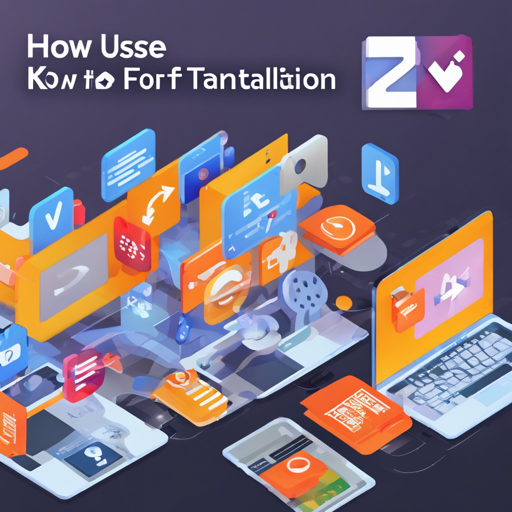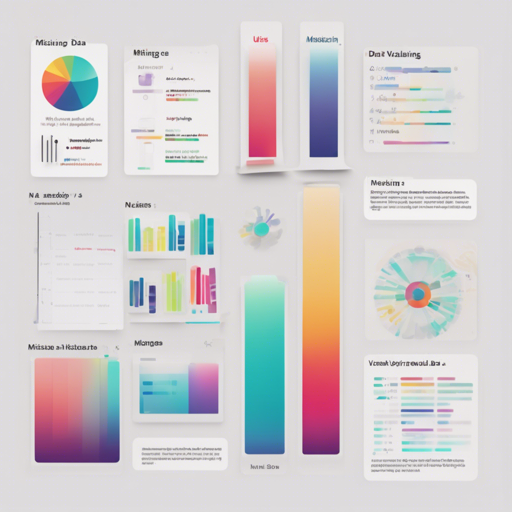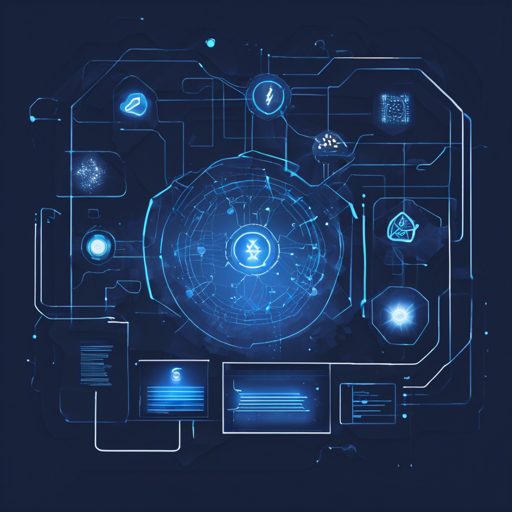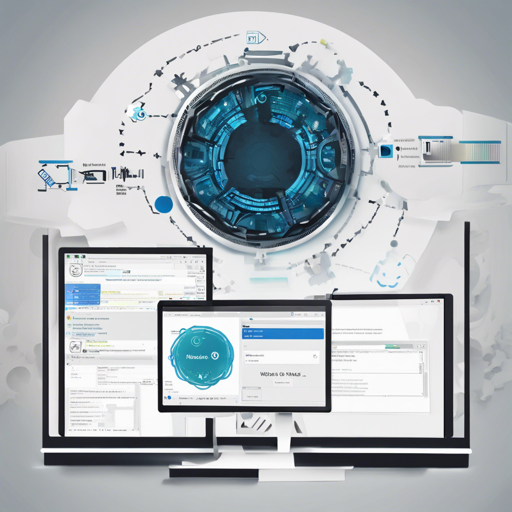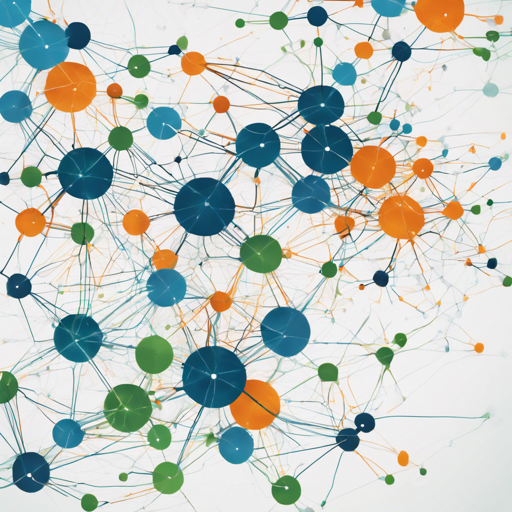Welcome to this user-friendly guide on Live2Diff, a fascinating tool that utilizes a video diffusion model with uni-directional attention to provide real-time translation in videos. In this article, we will navigate through the installation and setup process, as well...
Visualizing Missing Data with naniar: A User-Friendly Guide
Missing data can be a significant hurdle in data analysis, much like holes on a map that render one directionless. Fortunately, the naniar package in R provides a collection of innovative tools designed to help you explore, visualize, and manipulate missing data...
Understanding Knowledge Distillation: A Comprehensive Guide
Welcome to the world of knowledge distillation, where big brains of neural networks transfer their wisdom to smaller, more efficient models. Today, we'll guide you through this fascinating process, how it works, and even troubleshoot some common hiccups you might...
How to Implement Unsupervised Video Segmentation and Tracking
Video segmentation and tracking are essential tasks in computer vision that have gained traction in recent years, especially with the advancement of unsupervised learning techniques. In this guide, we'll walk you through setting up the code for unsupervised bottom-up...
How to Use XGBoost for Your Machine Learning Projects
Welcome to the world of XGBoost, a powerful gradient boosting framework that has revolutionized the way data scientists approach predictive modeling. Designed to be efficient, flexible, and portable, XGBoost can help you solve complex problems - whether you are...
Automated Time-series Outlier Detection System (TODS)
Welcome to the world of Automated Time-series Outlier Detection! In this article, we'll explore how to utilize the TODS (Time-series Outlier Detection System) effectively, along with troubleshooting tips to help you out when challenges arise. Whether you're dealing...
How to Set Up Automatic1111 Stable Diffusion WebUI on NixOS
If you are eager to dive into the world of artificial intelligence and machine learning, setting up the Automatic1111 Stable Diffusion WebUI can feel like venturing into uncharted waters. Fear not! This guide will smoothly navigate you through the setup process for...
Backprop
Backprop makes it simple to use, finetune, and deploy state-of-the-art ML models. With Backprop, you can solve a variety of tasks using pre-trained models or finetune them for your specific objectives. Here are some tasks you can tackle: Conversational question...
How to Use Color Tracker for Multi Object Tracking
If you are looking for a simple and intuitive way to track multiple objects based on their colors, look no further than the Color Tracker. This Python package is designed with ease of use in mind and can significantly speed up your object tracking processes. In this...

